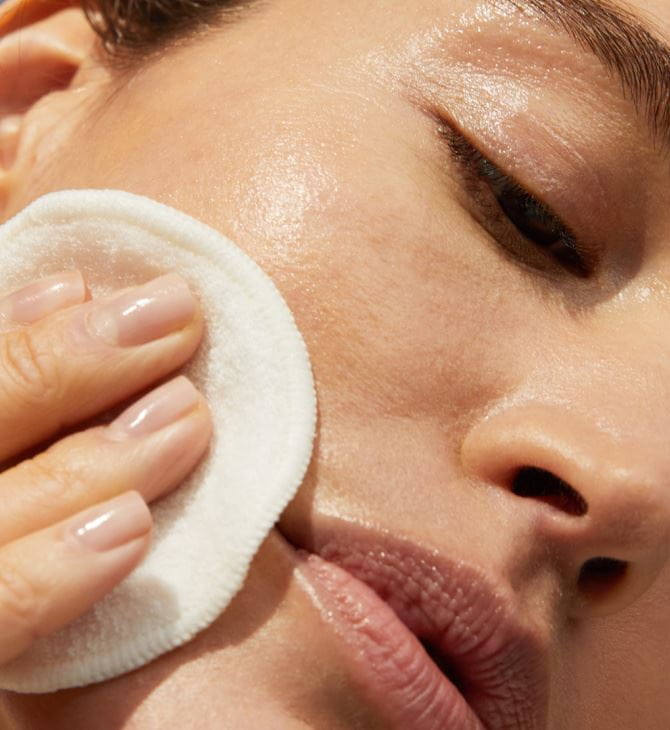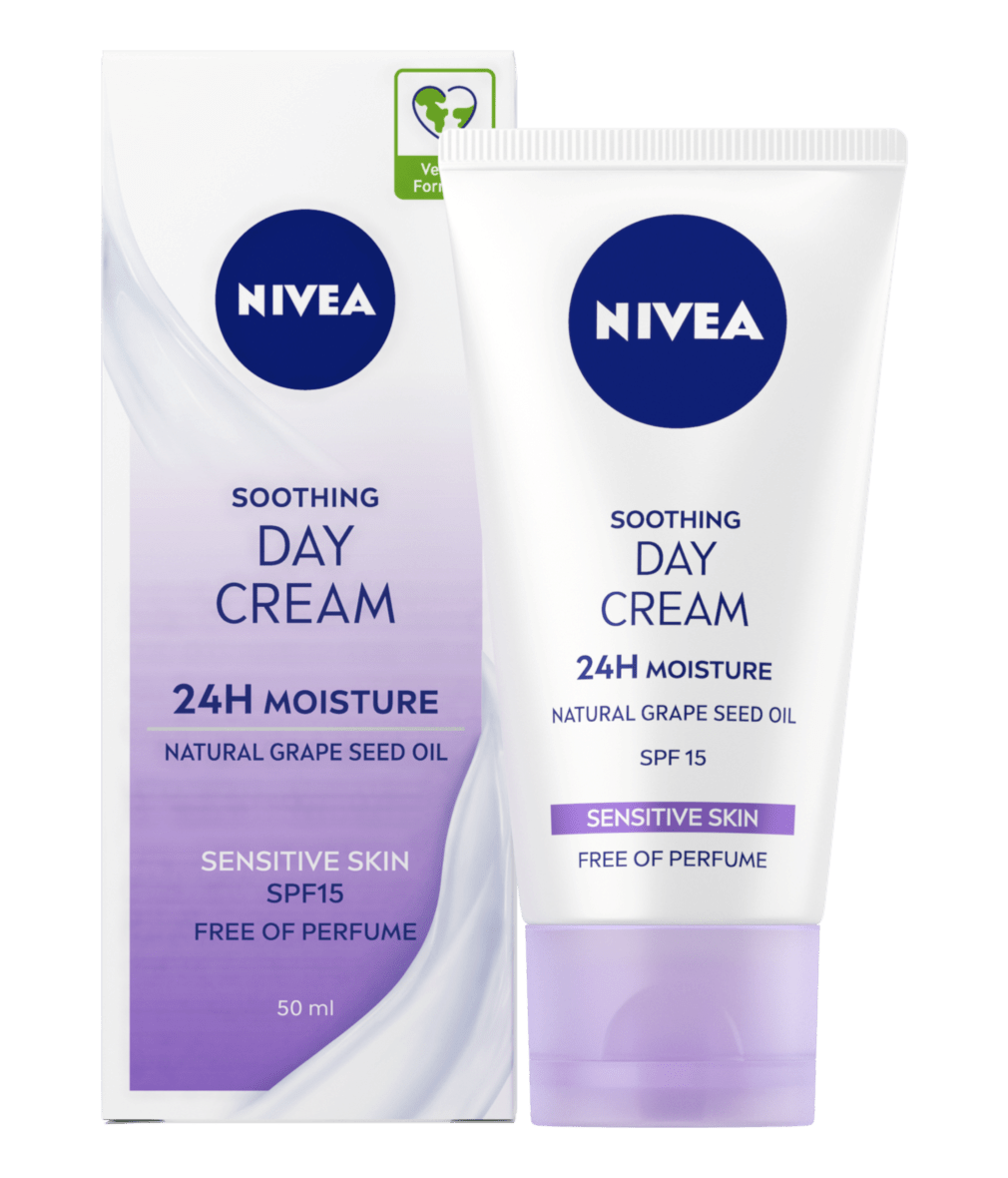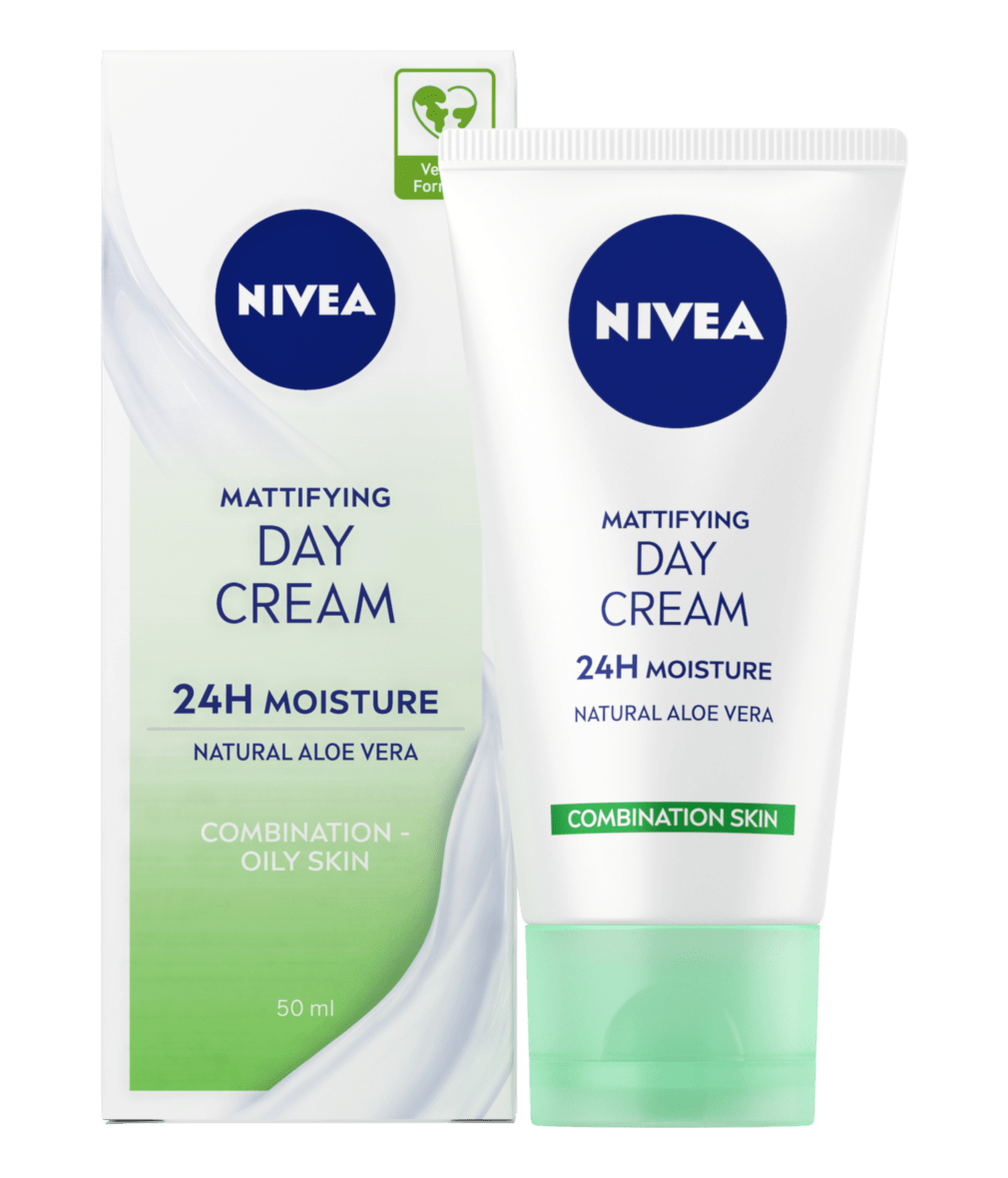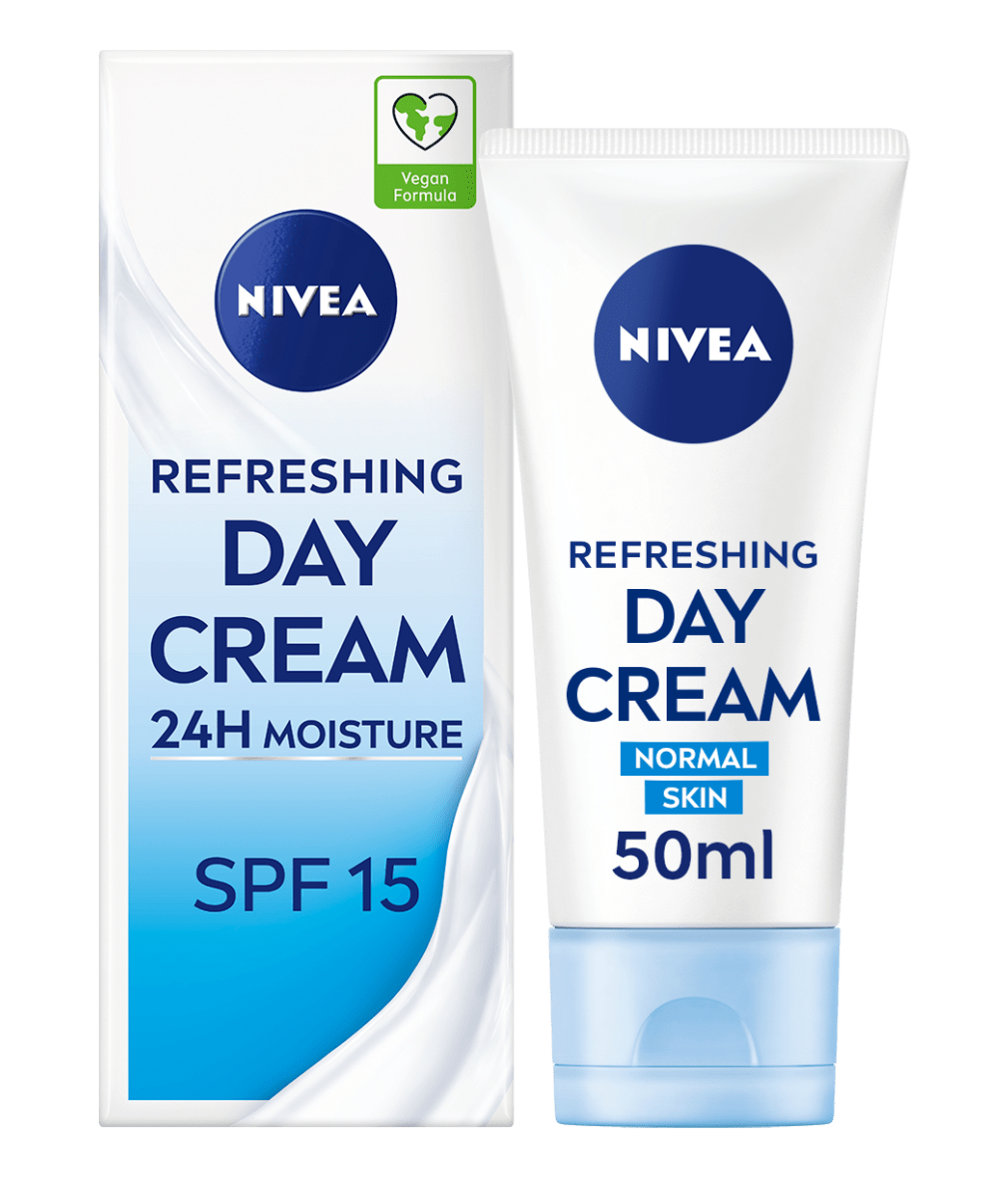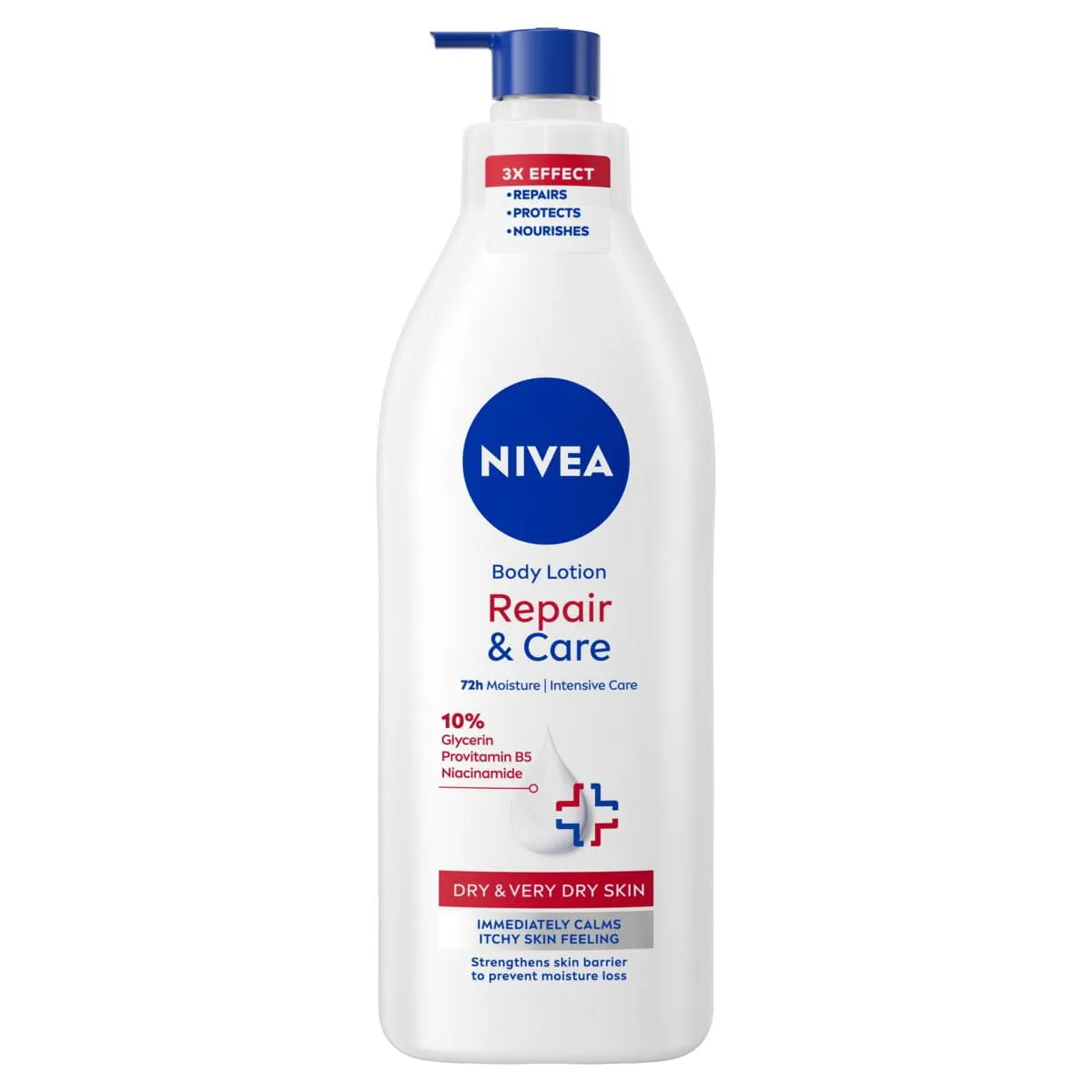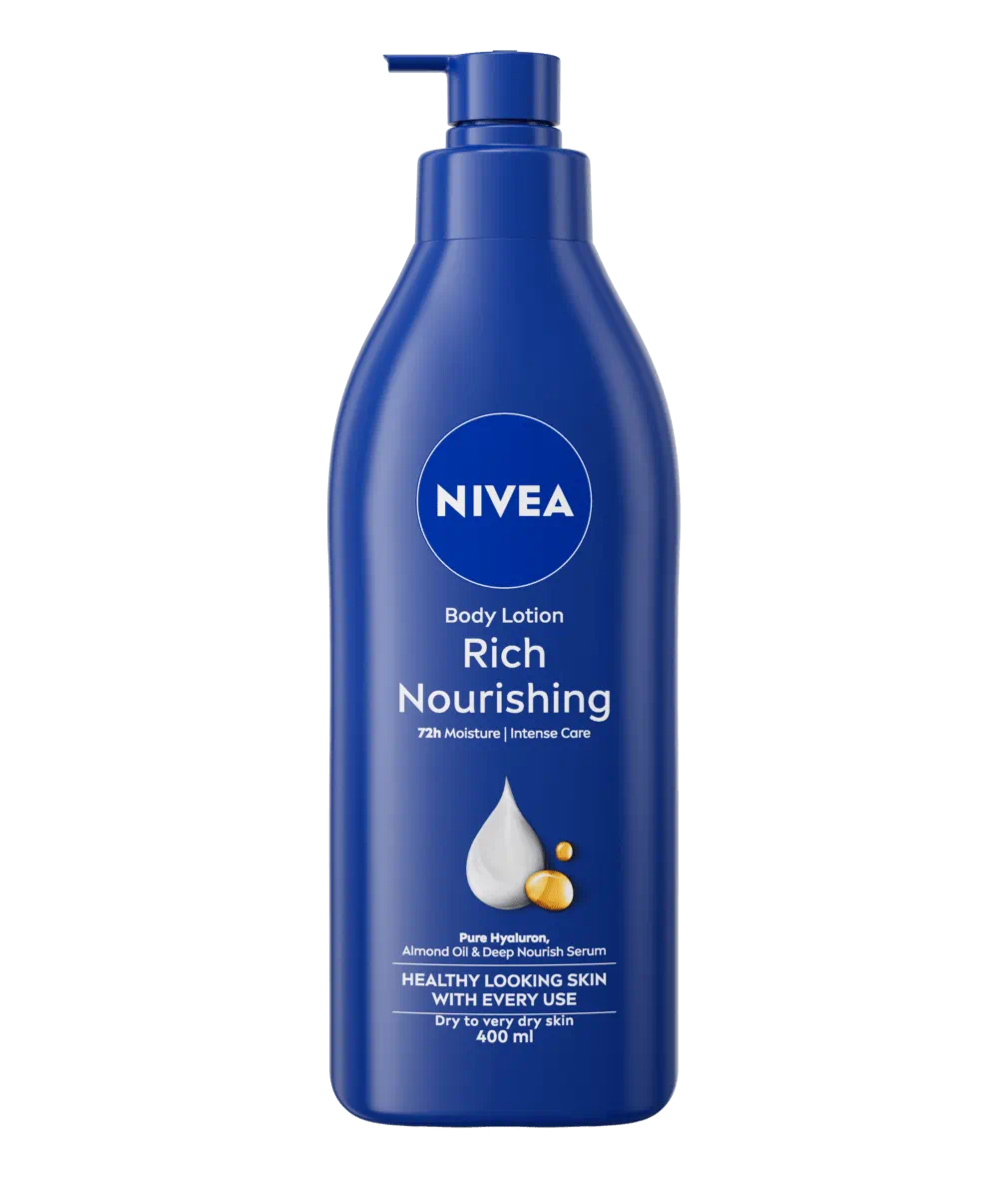
What Is My Skin Type? 5 Types Explained
Discover your skin type with NIVEA's comprehensive guide. Understand the characteristics of different skin types and how to take care of each one.
What is a Skin Type?
Skin type refers to the characteristics of your skin that determine how it behaves and reacts to various factors like weather, skincare products and hormonal changes. These characteristics typically include the amount of natural oil (sebum) your skin produces, its level of hydration, and its sensitivity to environmental influences and skincare products.
Skin types are generally categorised into several main groups: oily, dry, combination, and sensitive, and each has their own individual skincare requirements. However, it is often the case that the skin can meet the criteria of several categories. For example, we can have skin that is both dry and sensitive, or skin that is drier at certain times of the year and oilier at others.
Skin types are generally categorised into several main groups: oily, dry, combination, and sensitive, and each has their own individual skincare requirements. However, it is often the case that the skin can meet the criteria of several categories. For example, we can have skin that is both dry and sensitive, or skin that is drier at certain times of the year and oilier at others.
Different skin types and characteristics
5 Common Skin types
What is my skin type?
4 Ways to Identify Your Skin Type
Can your Skin Type Change over Time?
Your skin type can change over time due to various factors such as aging, hormonal changes, lifestyle and environmental conditions. For instance, teenagers often experience oily skin due to hormonal fluctuations, while adults may develop drier skin as they age due to their skin's natural oil production decreasing.
Additionally, factors like pregnancy, menopause, stress, diet and exposure to elements such as sun, wind, and pollution can also influence and alter your skin type over time. Regularly reassessing your skin's needs and adjusting your skincare routine accordingly is essential to maintain healthy-looking skin.
Additionally, factors like pregnancy, menopause, stress, diet and exposure to elements such as sun, wind, and pollution can also influence and alter your skin type over time. Regularly reassessing your skin's needs and adjusting your skincare routine accordingly is essential to maintain healthy-looking skin.
Facts Overview
Skin Type
Tips for Managing Each Skin Type
Proper skincare is essential for maintaining healthy-looking and vibrant skin, regardless of your skin type. Here’s how to manage different skin types effectively:
Managing different skin types
Skincare Routine for each Skin Type
Summary
Understanding and managing your skin type is essential for effective skincare. Identifying whether your skin is oily, dry, combination, sensitive, or blemish-prone helps tailor your routine to meet its specific needs. Following targeted skincare practices and using products tailored to your skin type is key for maintaining your skin’s health and appearance. By using this guidance and finding the right products for your type, you can work towards achieving healthier, more radiant looking skin.


